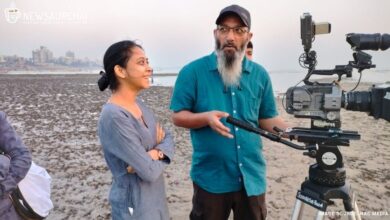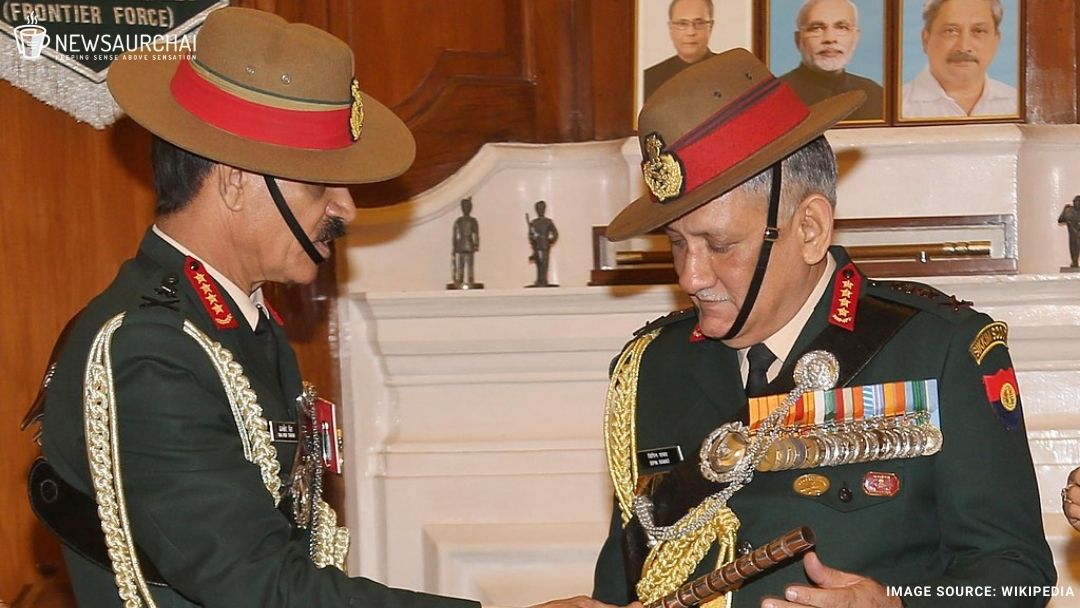
A society without corruption and bribes – a government for the people, by the people and of the people was the vision which the Aam Aadmi Party had created in the 2015 Lok Sabha Elections making Delhi hungry for a new administration and functional structure which the Congress Party or Bharatiya Janta Party failed to offer.
For a long time, Delhi used to be a two-horse race between the Congress and Bharatiya Janata Party (BJP). It was a change long-awaited with the approach of Aam Aadmi Party (AAP) in 2013. With an astounding majority of 67 seats out of 70 seats in Delhi, AAP came into power in 2015 at the expense of decades of ruling by the Congress Party.
The issues which troubled the heart of Delhi, which the earlier parties could not successfully provide a solution to or failed in their implementation; that’s when AAP came forward and assured the people that the capital of the country would not be troubled due to lack of proper governance.
Major issues Delhi faced after the election of 2015
Water supply: Delhi faced a lack of 172 MGD of water each day with the issue so intense that in territories like Dwarka – occupants were forced to purchase water from private players.
Power: AAP had decreased the electricity charges by half, after the exit of their administration in February the subsidy finished which lead to an increase in power charges once again.
Education: Affordable and quality instruction was a major issue, especially with voters who are youthful guardians. Even though there were a considerable number of schools in the city, the inclination for a couple of ‘decent schools’ caused a significant problem. Arrangement of teachers in government-run schools is another issue.
Current issues faced by the capital
Full statehood for Delhi – Full statehood for Delhi has been one of the Delhi Government’s selling points in the 2014 and 2019 Lok Sabha elections. It essentially implies that the State has control over the finance and the police force, making the Delhi government directly accountable to the public without the Central Control.
Pollution – Delhi government had said that incentives would be provided for low-emission fuels like CNG and electricity to reduce pollution. However, the smog only thickened, and the Odd-Even scheme it introduced twice actually led to an overall increase in vehicular emission, according to several studies, and increased pressure on public transport was also seen. Secondly, even though the agenda was to plant 35 lakh trees across the city, data from the forest department shows that until July 2018, the administration had allowed the felling of over 17,115 trees in the north, south, and west zones.
Social welfare – On other social fronts, the administration’s exhibition hasn’t been sufficient. Delhi hasn’t liberated from the medication hazard—33 per cent of Delhi’s road kids are dependent on liquor and medications, as indicated by a recent report from AIIMS. Sellers target young students specifically, and one of each six kids in East Delhi is dependent on drugs, said the investigation.
Accessibility for the disabled – This is another aspect where the administration has been lingering behind. Despite being the national capital, Delhi remains to be a great extent out of reach to its disabled inhabitants which are around two lakhs in population.
Employment – Inability to give occupation to 8 lakhs of individuals in the population. The legislature had planned to make the first-since forever Delhi Skill Mission to prepare and empower 1 lakh youth for every year for the initial two years, increase to 5 lakh youth for each year for the following three years. Be that as it may, a senior authority of the Directorate of Training and Technical Education said the plan didn’t work out. The Delhi Employment Exchange, answering to a question documented by the Delhi Congress’ RTI Cell, said jobs had been given to 102 individuals in 2016, 66 individuals in 2017, and 46 individuals until April 2018.
Water as a right – The administration hasn’t conveyed on its guarantee to give channelled water to all. More than 650 JJ (Jhuggi Jhopri) groups and another 100 unapproved provinces don’t have an association — the Delhi Jal Board says it has just had the option to give water to seven JJ bunches till March 2019. Occupants of a few groups and settlements are subject to Delhi Jal Board and private tankers. The quantity of unregistered water tankers has likewise gone up in Delhi, and there is no guideline as to from where they source water and who they give it to.
Promise to farmers – In July 2018, to “triple” the salary of farmers in the national capital, the administration endorsed a farm solar power scheme to give an extra payment of Rs 1 lakh for each section of land every year to farmers. Under the plan, farmers would have the option to provide 33 per cent of their property to privately owned businesses on lease for Rs 1 lakh for each section of land on a yearly basis. The legislature had said that the lease would increment by 6 per cent every year. The scheme was likely to be rolled out by March 2019, but is yet to see the light of day.
Despite the high promise of the government over the period, major issues such as water shortage, level of education in the capital or the safety of women remained temporarily solved with no permanent solution in sight. With the upcoming election in February 2020, the government might finally deliver on its promises.






One Comment